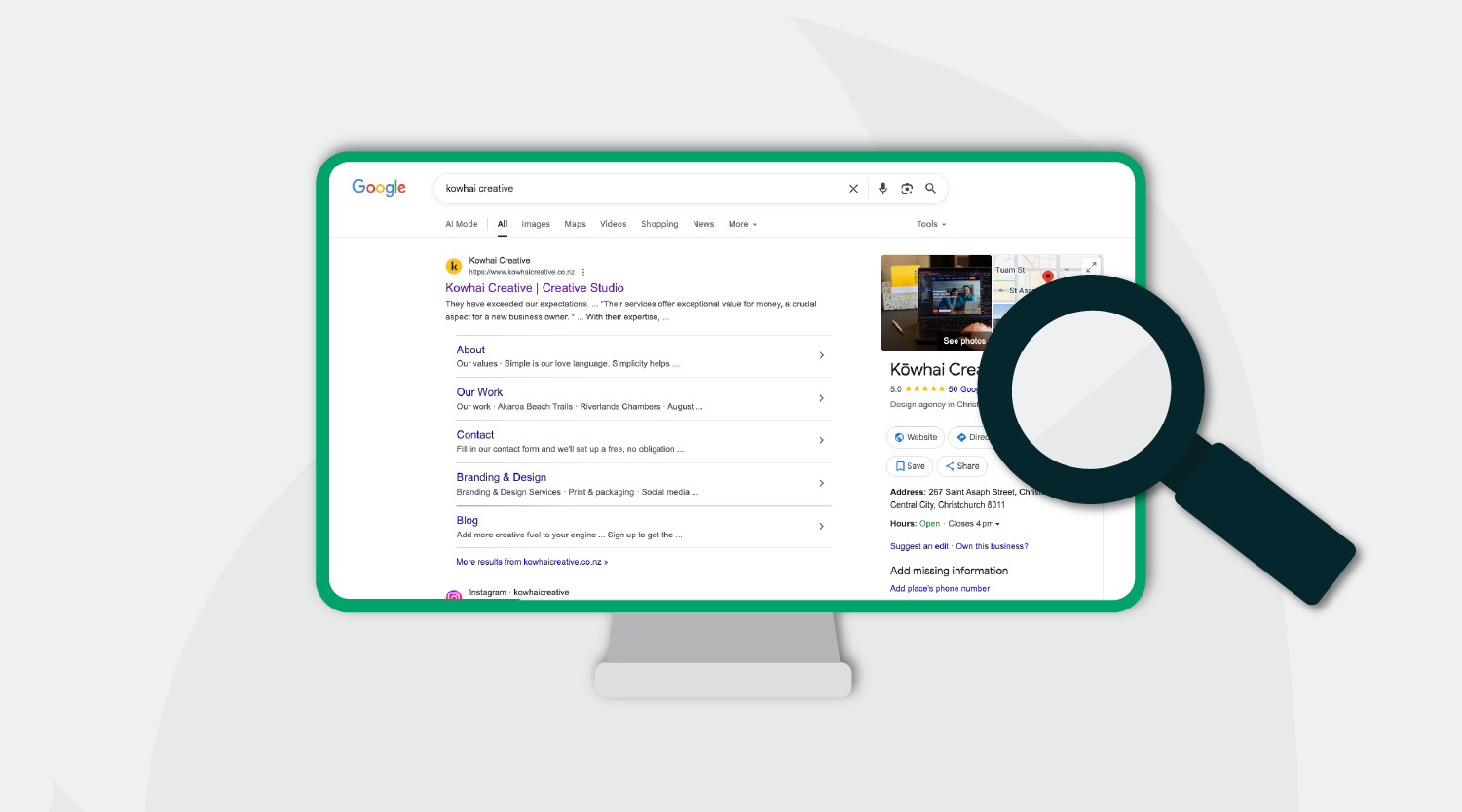July 3, 2024
Are you looking to refresh your website or create a new site from scratch?
We’re here to guide you through the key elements that can make or break your website's success, and decide whether users will connect with you. From mobile responsiveness to cohesive branding, below are our top tips to ensure your website stands out in the digital landscape. So, read on to find out how to elevate your online presence and leave a lasting impression on your audience.
Mobile Responsiveness
Over half of all internet traffic comes from mobile devices, so your website must be easy to navigate on small devices. In today's fast-paced world, users expect seamless browsing experiences, whether they're on an iPhone, Samsung and even a tablet. A mobile-responsive website ensures that your content moves and adapts to different screen sizes, optimising readability and usability. In addition, search engines like Google prioritise mobile-friendly websites in their rankings, making mobile responsiveness a non-negotiable aspect of modern web design.
Search engine optimisation (SEO)
Keeping your website's SEO up-to-date is crucial for visibility, discoverability, and making sure you show up on that first page of Google. An up-to-date XML Sitemap submitted to Google Search Console ensures that search engines can index your pages effectively, improving your chances of ranking higher in search results. To support SEO on your website itself, optimising images, fixing broken links, and updating title tags and meta descriptions are essential SEO practices that enhance your website's overall performance and relevance. If you do need some support to tick this complex list off - do get in touch with our team.
Professional design
It may seem like a basic benchmark, but a visually appealing and user-friendly design is the cornerstone of a successful website. Beyond aesthetics, a professional design instils trust and credibility in your brand, encouraging visitors to explore further. From intuitive navigation to visually engaging layouts, every aspect of your website design should align with your brand identity and resonate with your target audience. Remember, first impressions matter, and a modern, well-designed website sets the stage for positive user experiences.
Relevant business details
Transparency is the key to building trust with your audience, especially in our digital age. Ensure that all relevant business information, including contact details and operating hours, is prominently displayed and up-to-date. Whether it's a physical address for local businesses or a contact form for online inquiries, accessibility to essential information enhances user experience and fosters credibility.












